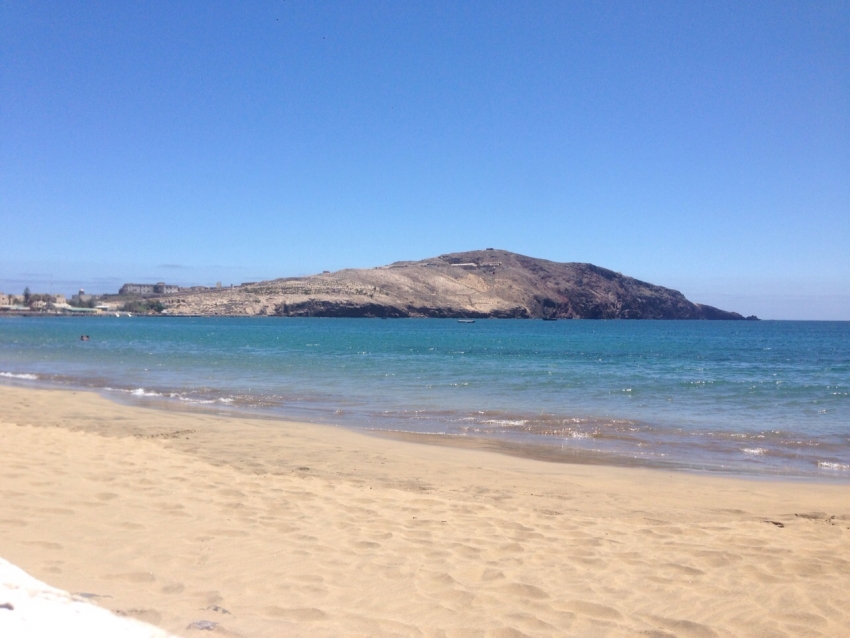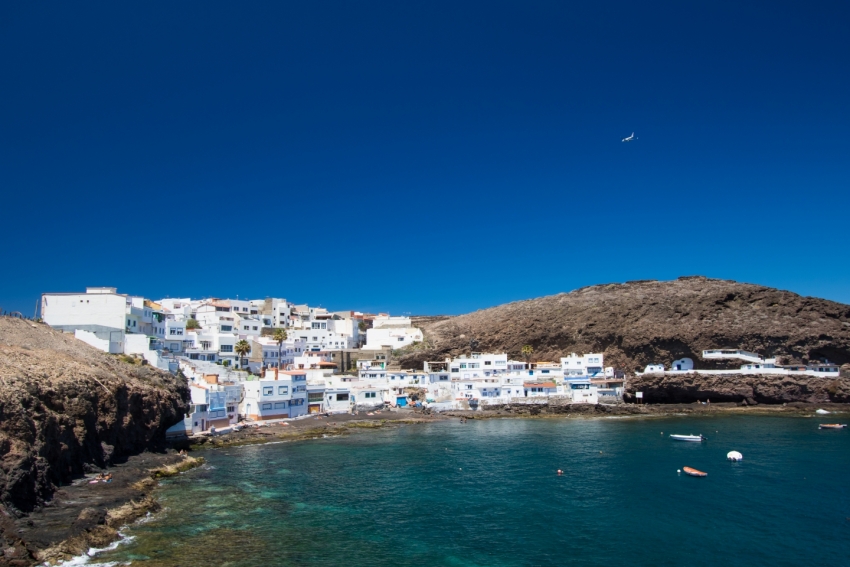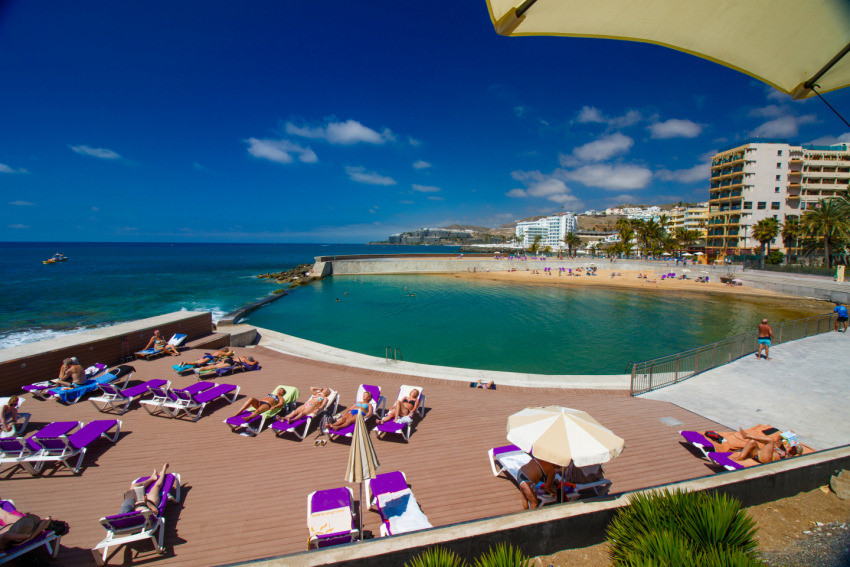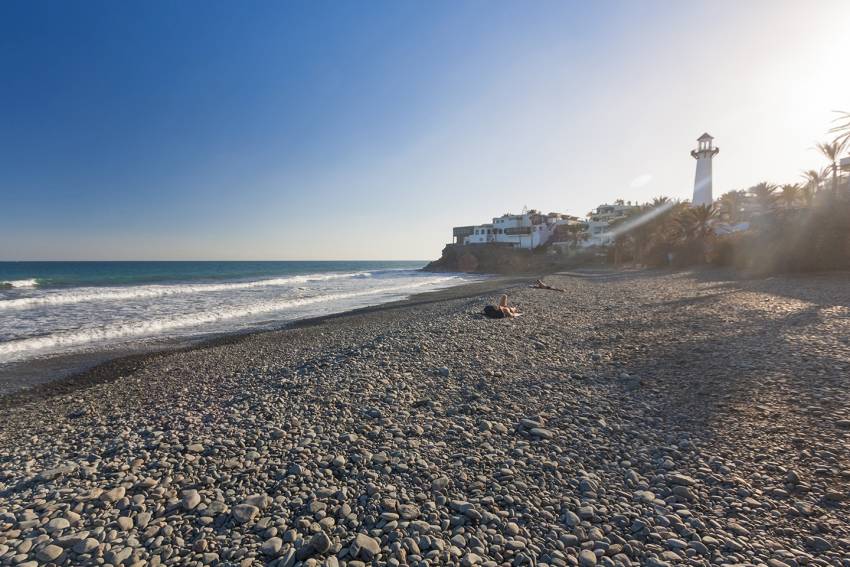
Every Gran Canaria Beach
Welcome to the Ultimate Guide To Gran Canaria's beaches. Whether you love the wild beach and dunes at Maspalomas, the beautiful Caribbean white sand at Anfi beach, the resort beaches at Puerto Rico and San Agustín, or the urban splendour of Las Canteras beach in Las Palmas, this is the place to find all the info you need to enjoy the beach in Gran Canaria.
This guide covers all the beaches in Gran Canaria, from busy Playa del Inglés and Puerto de Mogán to hidden beaches that even the locals don't know about. We've photographed them all, even hiking down to remote Güi Güi and Faneroque on the west coast.
Each beach comes with detailed information about the type of sand, occupancy level, access, parking and even our exclusive hippy rating. You can even locate each beach on our useful Gran Canaria beach map.
For information about Gran Canaria's famous nudist beaches, read our guide or download the Dare To Bare: Nudist Beaches Of Gran Canaria book.
Gran Canaria Info recommends:
- Default
- Title
- Date
- Random
































